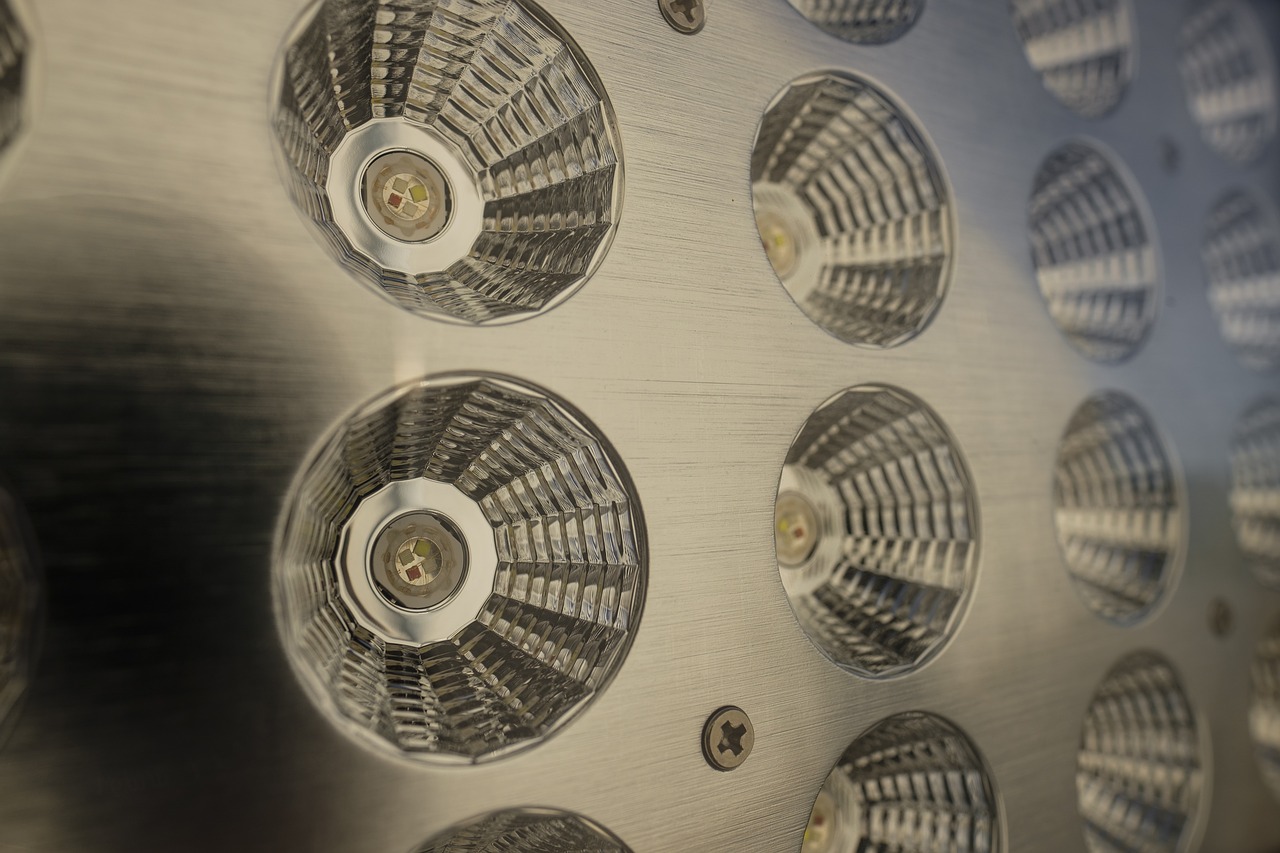
LED Drivers
LED drivers are what make LED what they are. The give them the ability to last long and the ability to save on energy. In order to achieve this, LED drivers convert high voltage AC to low voltage DC current. LED drivers also maintain a constant flow of voltage and current through the LED at the rated level. There are two main types of drivers, constant current and constant voltage drivers.
Understanding constant current LED drivers
Constant current LED drivers have offer a range of output voltages and a fixed output current. LEDs that are designated to operate on a constant current driver require a fixed supply of current usually indicated in mA or A. Constant current drivers vary the voltage along an electronic circuit while maintaining the current level throughout the system.
LEDs become brighter when exposed to high current. However, if they are not regulated, they could draw more current than its rated hence thermal runaway which will drastically lower the LED’s life span. Constant current LED drivers are ideal for driving high power LEDs since they maintain a consistent brightness across LED connected in series.
How constant current circuits work
The schematic diagram above shows a simple constant current circuit. It uses two transistors, two resistors and an LED. The circuit above can be used with voltages f between 2V and 24V. It can be used to drive any type of LED of not more than 5W. When voltage more than 2V, a higher current will flow through the collector of the second transistor T2 making the collector potential of T1 become more negative. As more current flows through T1, the base of T2 also becomes more negative making it to “close “hence acting against the earlier growth. This leads stability being achieved hence constant current.
When to use a constant current LED driver
Constant current LEDs are ideal for LEDs that require a fixed output current over a range of voltage. They are the idealption for high powered LED since they help prevent burnout or thermal runaway.






















